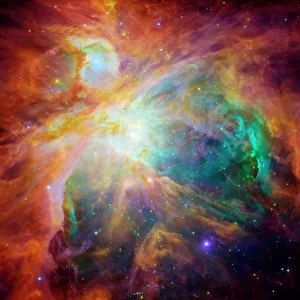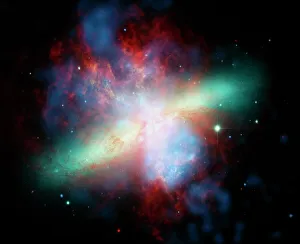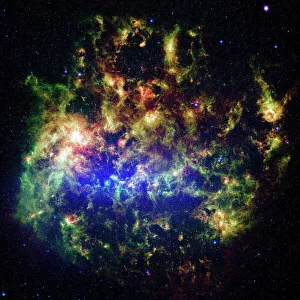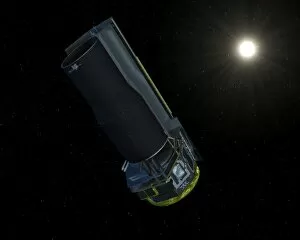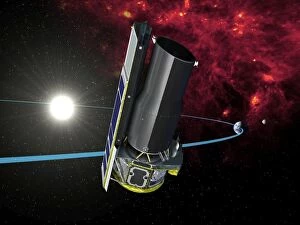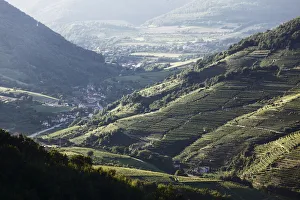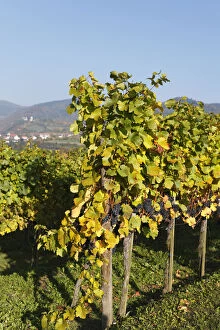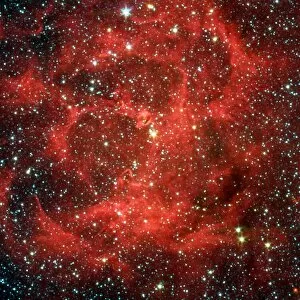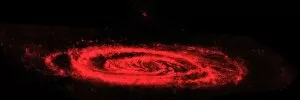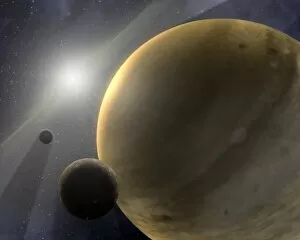Spitzer Collection
"Exploring the Cosmic Wonders: Spitzer Unveils the Mysteries of the Universe" Venturing into the depths of space, Spitzer, a remarkable spacecraft
All Professionally Made to Order for Quick Shipping
"Exploring the Cosmic Wonders: Spitzer Unveils the Mysteries of the Universe" Venturing into the depths of space, Spitzer, a remarkable spacecraft, has captured breathtaking images and unraveled celestial secrets. From its vantage point in orbit around our planet, this extraordinary observatory has revealed stunning phenomena that have left scientists and stargazers in awe. In its quest to unravel the mysteries of our universe, Spitzer turned its gaze towards some of the most captivating objects. The Orion Nebula dazzles with vibrant hues as stars are born within its swirling clouds of gas and dust. Meanwhile, a composite image showcases the Crab Nebula's explosive remnants—a testament to stellar cataclysms that shape our cosmos. Moving further across space, Spitzer unveils a mesmerizing composite image of Cigar Galaxy (M82), where energetic star formation paints an ethereal picture against a backdrop of darkness. The Large Magellanic Cloud beckons with its cosmic beauty—an intricate tapestry woven by countless stars scattered across vast distances. Amongst these wonders lies North America Nebula—a celestial landscape resembling our continent—where stars dance amidst interstellar gas and dust. And who can resist gazing upon Messier 81? This picturesque spiral galaxy captivates us with its perfect symmetry and dazzling brilliance. Spitzer's observations extend beyond mere visual splendor; it peers through infrared lenses to reveal hidden treasures invisible to human eyes alone. Against an infrared sky backdrop, we witness Spitzer itself—an emblematic figure venturing into uncharted territories on behalf of humanity's thirst for knowledge. Yet even in visible light, we catch glimpses of this incredible spacecraft as it points its high-gain antenna towards Earth—a beacon transmitting invaluable data back home. An artist's rendition depicts Spitzer gracefully gliding through space within its heliocentric orbit—a symbol of human ingenuity pushing boundaries ever farther.

